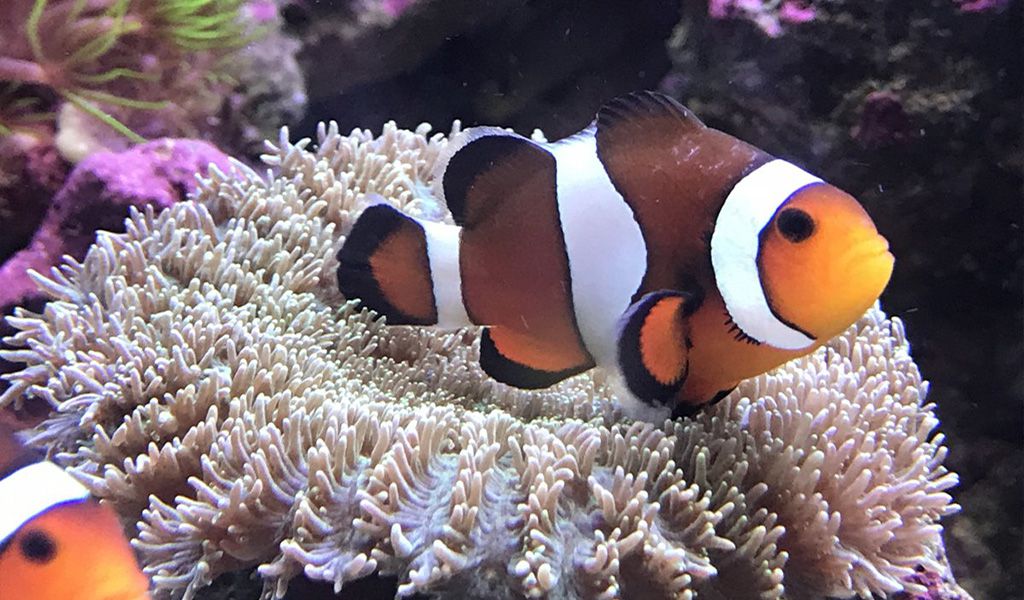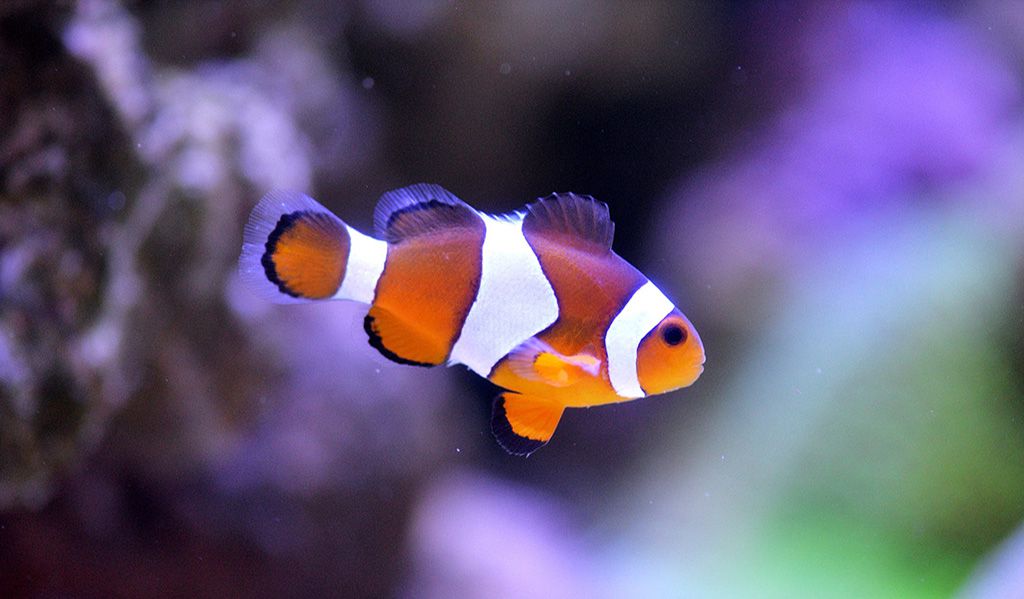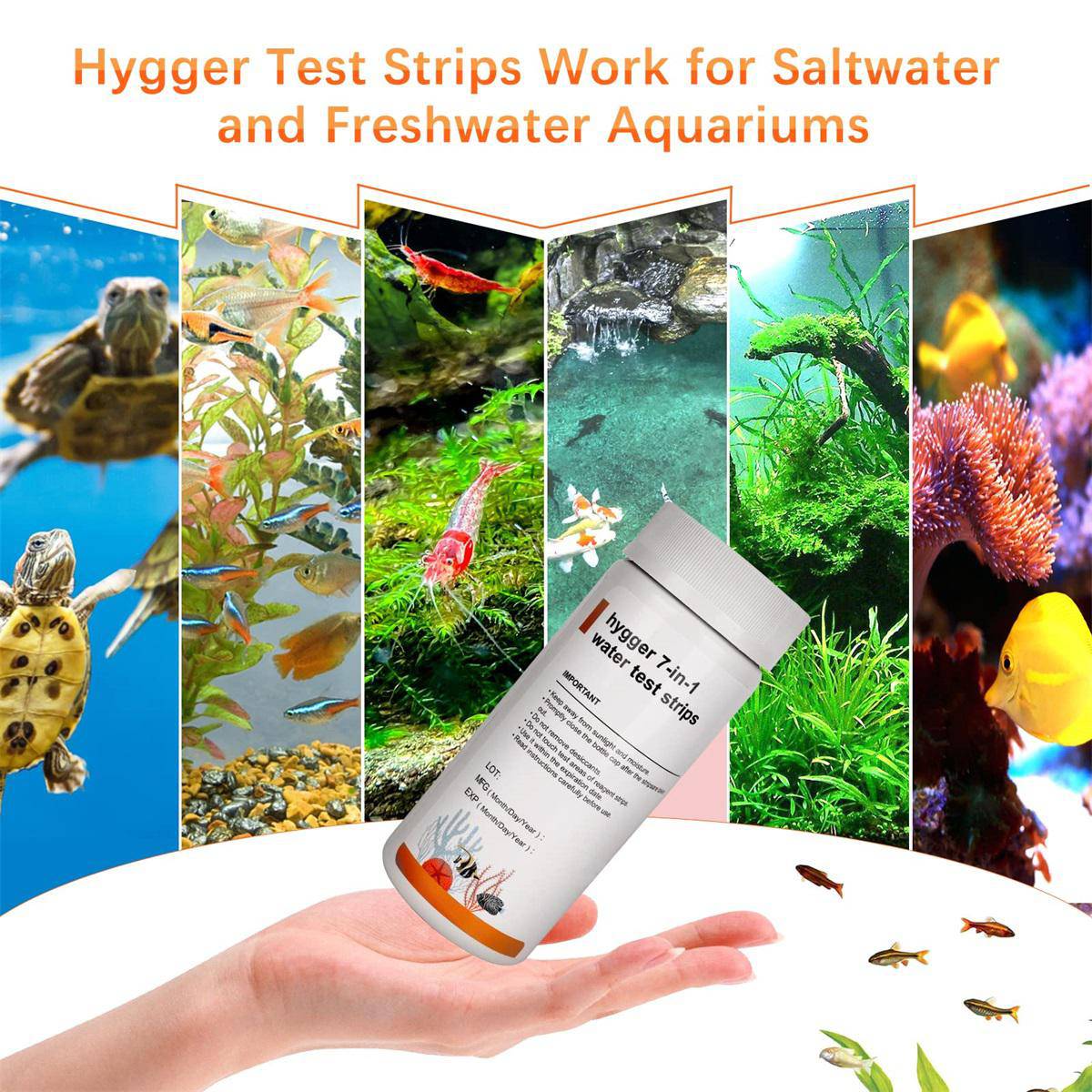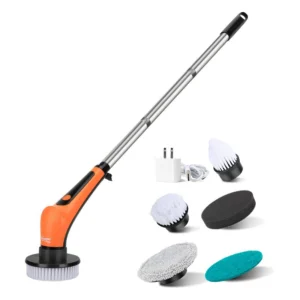Fish Disease – Help the Clownfish in Sick
Hey guys, you will do whatever you can if your fish encounters disease, right? But the prerequisite is to know what is the disease and what are the causes, then you can apply an adequate remedy for the disease. In today’s article, let’s take a look at the clownfish disease and learn some cures.
Content Table
Abnormal clownfish behavior
Clownfish is one popular saltwater fish among aquarists. It is hardy and easy to keep, while it is also peaceful and active. However, it sometimes shows some abnormal behavior. Thus, you’d better observe your fish regularly. You should take notice if you find the symptoms listed below.
- Loss of appetite
- Lethargy
- Flashing
- Bulging eyes
- White spots
- Red gills
- Breathe rapidly
- Sores
- HLLE (head and lateral line erosion)
These symptoms may be indications of disease, such as velvet disease, Marine Ich, and Brooklynella.
Clownfish disease
Clownfish disease can be classified into four types, including bacterial infection, parasitic disease, fungal infection, and viral infection. In this segment, we will discuss the causes and symptoms of the four types.
Bacterial infection
Causes
Bacterial infection is caused by Gram-positive and Gram-negative bacteria infection, which is the second infection. It happens after fish get sick, like parasitic or worm disease. Also, the infection may be external or internal forms. Nonetheless, saltwater fish infection is always the result of Gram-negative bacteria infection. Besides that, poor water quality, nutrient deficiency, and exposed wounds are potential risks for infection.
Symptoms
- Bulging or cloudy eyes
- Black or white patches
- Swelling abdomen
- Decaying fins
- Sores

Parasitic disease
Causes
Parasitic disease is the result of parasite parasitism. An animal lives on or inside the fish and gets its food and nutrients from the fish. For instance, Marine Ich, Flukes, and Velvet.
Symptoms
- White spots on gills, fins, or body
- Rapid breathing
- Frayed fins
- Lethargy
- Loss of appetite
- Twitching head
- Flashing
- Discolored spots on fish body
- Red sores
Fungal infection
Causes
Fungal infection is not common in saltwater aquariums, which is caused by fungus. The fungus will be spread by reproducing spores. Stress or water quality fluctuation is also one reason for fungal infection. And fungus may usually appear in the tank. Nonetheless, healthy fish can defend themselves from fungal infection.
Symptoms
- White cotton-like fuzzy patch on the mouth, fins, or body
- Rotted gills
Viral infection
Causes
Viral infection is fatal for fish, though it is not as common as other infections. However, unfortunately, there is no cure for the viral infection at present. Poor water quality and stress will lead to viral infection. And the virus can produce new ones by hijacking and reprogramming cells.
Symptoms
- White pebble-like growths on the body
- White spots or growths on the fins
How to tackle clownfish Velvet disease
Clownfish velvet disease is one of the parasitic diseases, which is caused by the parasite, named Amyloodinium ocellatum. And it is a single-celled dinoflagellate, possessing the features of plants and animals. Since the ocellatum can reproduce rapidly, it is best to treat it as soon as possible. Otherwise, all fish in the aquarium may face death. Next, in this part, we will share some treatments.

Once you notice one encounters velvet disease, you should remove it from the main aquarium immediately. Then add the sick fish to a quarantined tank. After that, you can add copper, chloroquine phosphate, antibiotic, or antibacterial medication. Chloroquine phosphate is an excellent choice. Also, you can dip the sick fish in freshwater during treatment. You should also keep great water quality and adequate nutrients. And do not stop treating until there is no parasite on the sick clownfish.
Besides that, the main aquarium also needs cleaning. Or it will cause reinfection. First, do not keep fish in the aquarium for at least four weeks. Moreover, raising the water temperature to 85-90℉ is feasible. The spores will be removed within three weeks. Furthermore, rinse the aquarium filter, change the filter medium, and change the aquarium water before reintroducing the cured fish.
Additionally, the velvet disease is contagious, and it can kill fish in the tank quickly. Therefore, prevention is always the best alternative. Isolate the new fish before introducing it to your main aquarium. Furthermore, you should consider fish compatibility when setting up a fish tank. Otherwise, fish may fight with each other and cause injury, which would cause infection.
Reminder
Well, anyway, maintaining proper tank maintenance is necessary. After all, if serious, fish encountering disease can be a disaster. Keeping great water conditions and lessening the fish stress should be the prominence. By the way, if there are holes in the fish’s head, it may be a signal of the hole in the head disease. Treatment for the disease? You can go to Fish Disease – Why Does Fish Have a Hole in the Head.
That’s it. Wish you the best in your aquarium effort. Finally, thanks for your reading.



